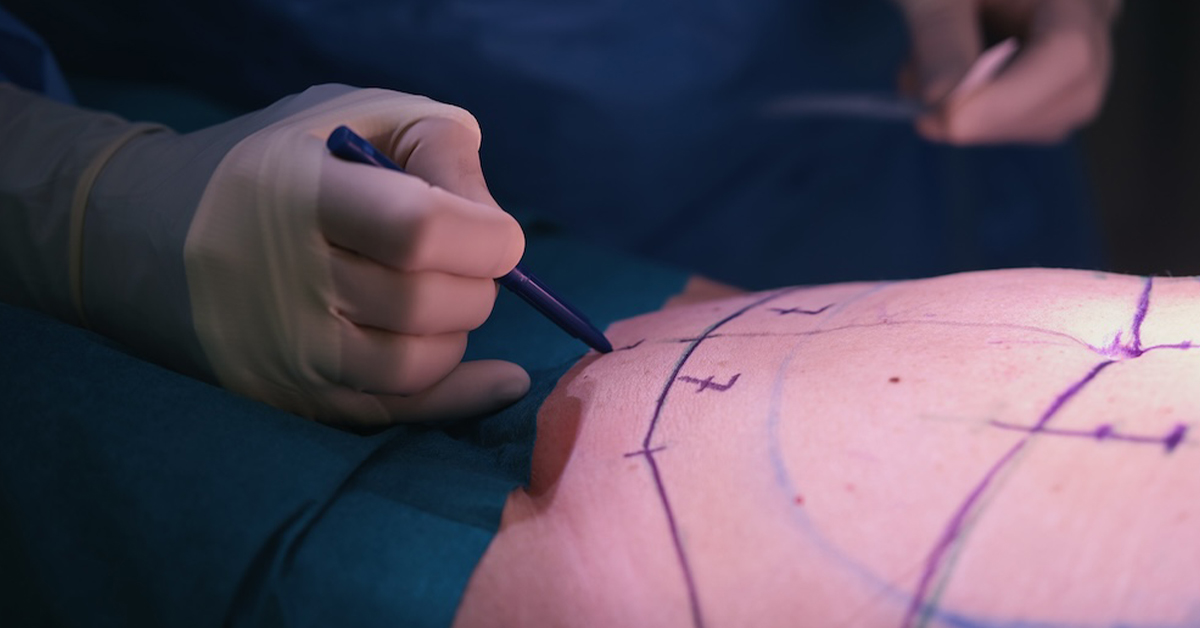Effective Ways on How to Get Rid of Gynecomastia
If you’re dealing with gynecomastia, or male breast enlargement, there are effective ways to address this condition. Gynecomastia is often caused by hormonal imbalances, but it can also be influenced by factors such as diet, exercise, steroids, alcohol intake, hormone treatments, and weight loss.
- Addressing gynecomastia requires a multifaceted approach that considers hormonal imbalances and lifestyle factors.
- Modifying your diet and implementing an exercise regimen can help balance hormones and reduce breast tissue growth.
- Avoiding the use of steroids and excessive alcohol intake is crucial in managing gynecomastia.
- In some cases, hormone treatments or weight loss may be recommended to alleviate the symptoms of gynecomastia.
- Consulting with a healthcare professional is essential for determining the best treatment plan for your specific case of gynecomastia.
Non-Surgical Treatment Options for Gynecomastia
When it comes to treating gynecomastia, there are non-surgical options available that can help address the condition without the need for invasive procedures. These non-surgical treatments focus on natural remedies and lifestyle changes to alleviate the symptoms of gynecomastia.
Natural Remedies
One natural remedy that has shown promise in balancing hormones and reducing breast tissue growth is curcumin. Curcumin, a compound found in turmeric, has anti-inflammatory properties that can help regulate hormone levels and reduce excess breast tissue. Adding curcumin supplements to your daily routine may help you manage gynecomastia symptoms.
Hormone Therapy
In cases where hormonal imbalances are the underlying cause of gynecomastia, testosterone therapy may be an effective treatment option. Testosterone therapy aims to restore hormone balance by supplementing the body with testosterone, which can help reduce the size of the breast tissue. This therapy is only recommended under the guidance and supervision of a healthcare professional.
Pseudogynecomastia and Diet and Exercise
Pseudogynecomastia, which is characterized by glandular enlargement due to excess fat, can be addressed through diet and exercise. By adopting a healthy diet and engaging in regular physical activity, you can reduce overall body fat, including fatty deposits in the chest area. Combining cardio exercises with targeted chest exercises, such as push-ups and bench presses, can help build muscle and improve the appearance of the chest.
| Treatment Options | Benefits | Considerations |
|---|---|---|
| Curcumin supplements | Regulates hormone levels | Consult with a healthcare professional before starting any new supplements |
| Testosterone therapy | Restores hormone balance | Requires medical supervision and monitoring |
| Diet and exercise | Reduces overall body fat | Requires consistency and commitment to lifestyle changes |
It is important to note that these non-surgical treatment options may not be suitable for everyone. Consulting with a healthcare professional is crucial to determine the best approach for managing gynecomastia based on individual circumstances and underlying causes. They can provide guidance on which non-surgical treatments may be most effective and help create a personalized treatment plan.
Surgical Treatment Options for Gynecomastia
When non-surgical treatments are not effective in reducing the size of male breast tissue, surgical options become a viable solution. These options include surgical removal of the breast tissue through procedures such as Liposuction or mastectomy. In certain cases, breast cancer drugs may also be prescribed to reduce the size of the breast.
Gynecomastia surgery involves the removal of excess breast tissue and fat through various techniques, including Liposuction and Mastectomy. Liposuction is used to remove fatty tissue, while mastectomy is performed to remove glandular breast tissue. The choice of technique will depend on the individual’s specific case and the extent of breast enlargement.
Liposuction is a common surgical procedure used to remove excess fat from the breast area. It involves making small incisions and using a thin tube called a cannula to suction out the excess fat cells. Liposuction is particularly effective for pseudogynecomastia, where the enlargement is primarily due to excess fat rather than glandular tissue.
Mastectomy is another surgical option for gynecomastia, especially when there is significant glandular enlargement. This procedure involves the removal of glandular breast tissue through a surgical incision. Mastectomy may be performed using different techniques such as subcutaneous mastectomy, which removes the breast tissue while preserving the nipple and areola, or total mastectomy, which removes the entire breast tissue including the nipple and areola.
In some cases, breast cancer drugs such as tamoxifen or aromatase inhibitors may be prescribed to reduce the size of the breast. These drugs work by blocking the effects of estrogen, which can help shrink the breast tissue. However, these drugs are typically used as a last resort when other surgical or non-surgical options have been exhausted.
Surgical Treatment Options for Gynecomastia
| Treatment | Procedure Description |
|---|---|
| Liposuction | Removes excess fat from the breast area using a small tube inserted through tiny incisions. |
| Mastectomy | Removes glandular breast tissue through a surgical incision, preserving or removing the nipple and areola. |
| Breast Cancer Drugs | Prescribed medications, such as tamoxifen or aromatase inhibitors, that help reduce breast tissue size by blocking the effects of estrogen. |
Diagnosing Gynecomastia
Gynecomastia, or male breast enlargement, can be identified through a variety of diagnostic methods. These tests help determine the presence of excess breast gland tissue or fat in the male breast.
Physical Examination
A physical examination of the breast tissue, stomach area, and genitals is often conducted to assess the presence and severity of gynecomastia. This examination allows healthcare professionals to feel for any abnormal masses or changes in the breast tissue.
Imaging Tests
Imaging tests such as mammograms, CT scans, MRI scans, and testicular ultrasounds can provide detailed images of the breast tissue and surrounding areas. These tests help in evaluating the size, composition, and nature of the breast tissue, highlighting any abnormalities or underlying causes.
Blood Tests and Biopsies
Blood tests may be conducted to measure hormone levels, particularly estrogen and testosterone, which can provide insights into hormonal imbalances related to gynecomastia. In some cases, a tissue biopsy may be necessary to further examine the breast tissue and confirm the diagnosis.
Overall, a combination of physical examinations and various diagnostic tests is utilized to accurately diagnose gynecomastia. These tests help healthcare professionals determine the presence of excess breast gland tissue or fat in the male breast, aiding in the development of an appropriate treatment plan.
| Diagnostic Method | Description |
|---|---|
| Physical Examination | A hands-on assessment of the breast tissue, stomach area, and genitals to detect any abnormalities or changes. |
| Imaging Tests | Mammograms, CT scans, MRI scans, and testicular ultrasounds provide detailed images for evaluating the size, composition, and nature of the breast tissue. |
| Blood Tests and Biopsies | Blood tests measure hormone levels, while biopsies involve the extraction of breast tissue for further examination and confirmation of the diagnosis. |
Identifying the Causes of Gynecomastia
Gynecomastia, the enlargement of male breast tissue, can have various causes. Understanding the underlying factors is essential in developing an appropriate treatment plan. The main triggers of gynecomastia include:
- Excess Body Fat: Accumulation of excess body fat can lead to hormonal imbalances, causing the development of gynecomastia.
- Hormonal Imbalances: Hormonal imbalances, such as an increase in estrogen levels or a decrease in testosterone levels, can contribute to the development of gynecomastia.
- Medications and Steroids: Certain medications, such as those used for ulcers or hypertension, as well as anabolic steroids, can disrupt hormone levels and lead to gynecomastia.
- Underlying Health Conditions: Health conditions like liver disease, kidney disease, or thyroid disorders can impact hormone metabolism and contribute to gynecomastia.
It is important to note that gynecomastia can also occur as a result of a combination of these factors. Establishing the specific cause of gynecomastia requires a comprehensive evaluation by a healthcare professional.
To determine the underlying cause of gynecomastia, diagnostic tests such as blood tests, mammograms, CT scans, MRI scans, and testicular ultrasounds may be performed. These tests help identify any abnormalities in hormone levels, detect the presence of excess breast tissue, or rule out other potential causes. In some cases, a tissue biopsy may be necessary to confirm the diagnosis.
| Gynecomastia Triggers | Gynecomastia Causes |
|---|---|
| Excess Body Fat | Accumulation of excess body fat can lead to hormonal imbalances, causing the development of gynecomastia. |
| Hormonal Imbalances | Hormonal imbalances, such as an increase in estrogen levels or a decrease in testosterone levels, can contribute to the development of gynecomastia. |
| Medications and Steroids | Certain medications, such as those used for ulcers or hypertension, as well as anabolic steroids, can disrupt hormone levels and lead to gynecomastia. |
| Underlying Health Conditions | Health conditions like liver disease, kidney disease, or thyroid disorders can impact hormone metabolism and contribute to gynecomastia. |
Identifying the causes of gynecomastia is crucial for determining the most appropriate treatment approach. By addressing the underlying cause, healthcare professionals can develop personalized treatment plans that effectively target the condition and help individuals achieve the desired results.
Conclusion
Gynecomastia, or male breast enlargement, can be effectively treated through a combination of non-surgical and surgical methods. Depending on the severity and underlying cause of the condition, various treatment options are available to address this issue.
For those seeking non-surgical methods, lifestyle changes and natural remedies can play a significant role in reducing gynecomastia. Implementing an exercise regimen, making diet modifications, reducing alcohol consumption, and avoiding the use of steroids are key steps in treating male breast enlargement.
However, in cases where non-surgical treatments are not sufficient, surgical options such Gynecomastia surgery offer more immediate and permanent results. These procedures can effectively reduce male breast tissue growth and provide a more aesthetic appearance.
If you are dealing with gynecomastia, it is important to consult with a healthcare professional to determine the best treatment approach for your individual case. They can help you explore the available treatment options, both non-surgical and surgical, and guide you towards the most suitable method to address your gynecomastia and achieve your desired results.
Schedule a Gynecomastia Surgery Consultation in Miami, FL
Kickstart your journey towards Gynecomastia Surgery in Miami, FL by arranging a consultation with our team. In this session, we’ll delve into your aspirations, assess your specific situation, and craft a tailored treatment strategy for you.
For further details or to set up a consultation, reach out to us at (305) 406-9055 or easily schedule online today.







